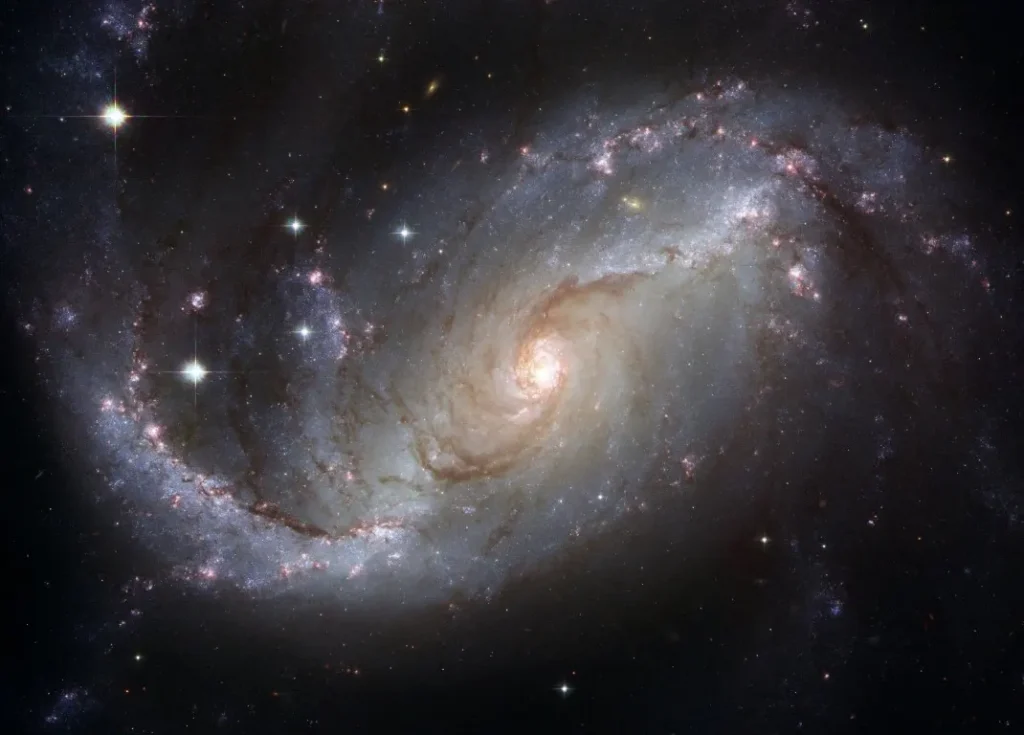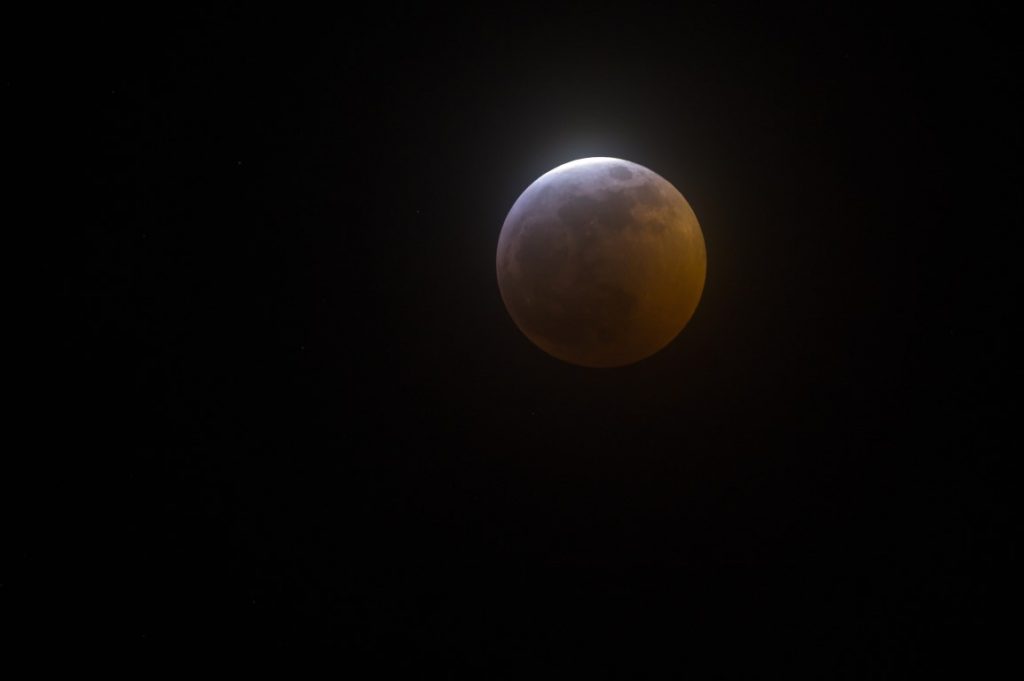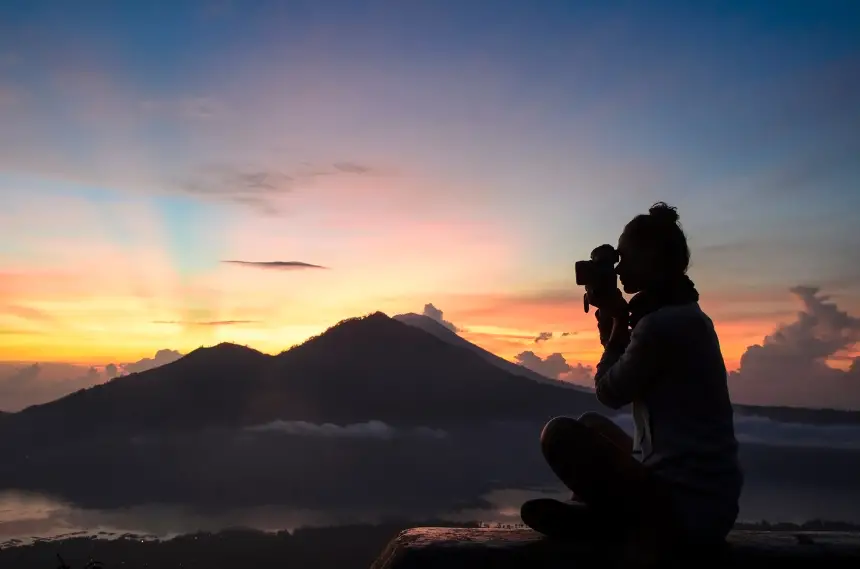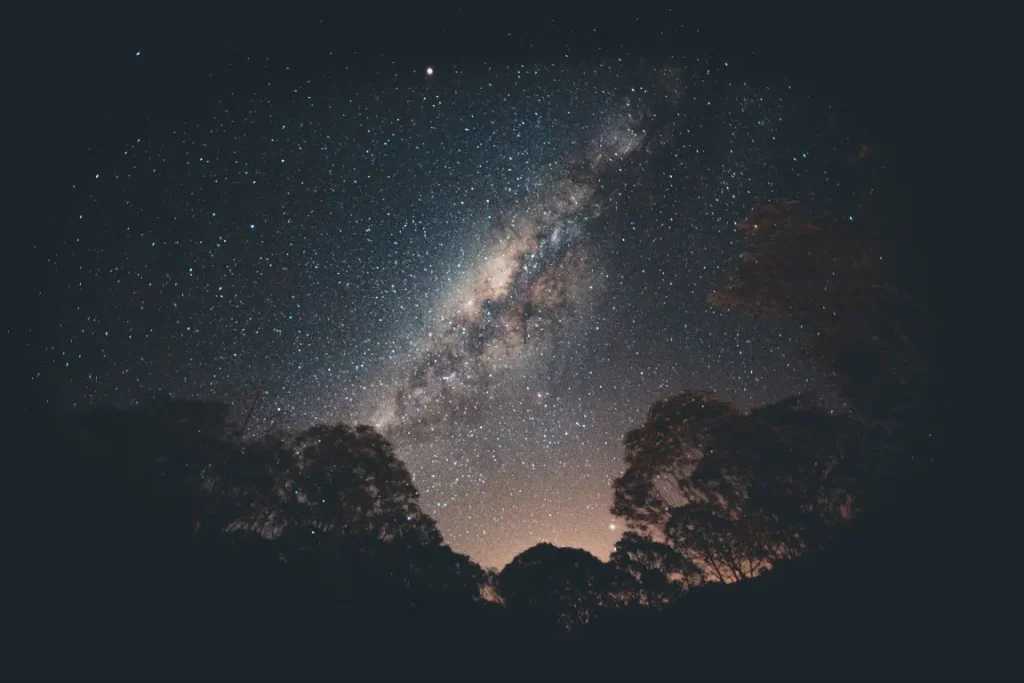
As you know, Astrophotography is a subset of photography that involves photographing astronomical objects such as stars, galaxies, nebulae, etc.
Especially, astrophotography requires a camera with high sensitivity, low noise, and the capacity to shoot long exposures.
Therefore, the Sony A7 series is a collection of full-frame mirrorless cameras that have gained popularity among photographers due to their high-quality image sensors, excellent autofocus algorithms, and compact size.
There are various models in the Sony A7 series, including the A7, A7 II, A7 III, A7 IV, A7R, A7R II, A7R III, A7S, A7S II, A7c and many more.
Among these series, I’ve tried several models So I can recommend that they are the best suited for capturing Astro-shots.
So, I will share my knowledge and my experience with the Sony A7 series.
Let’s start.
Why Sony A7 series is great for Astrophotography
When talking about the special features of the A7 series camera, full-frame image sensors with high resolution and a broad dynamic range are taken main place among others.
Other than that it allows for the capture of fine detail in stars and other celestial objects.
Furthermore, the A7 series cameras have great low-light capability, which is critical for capturing the dull light of the night sky.
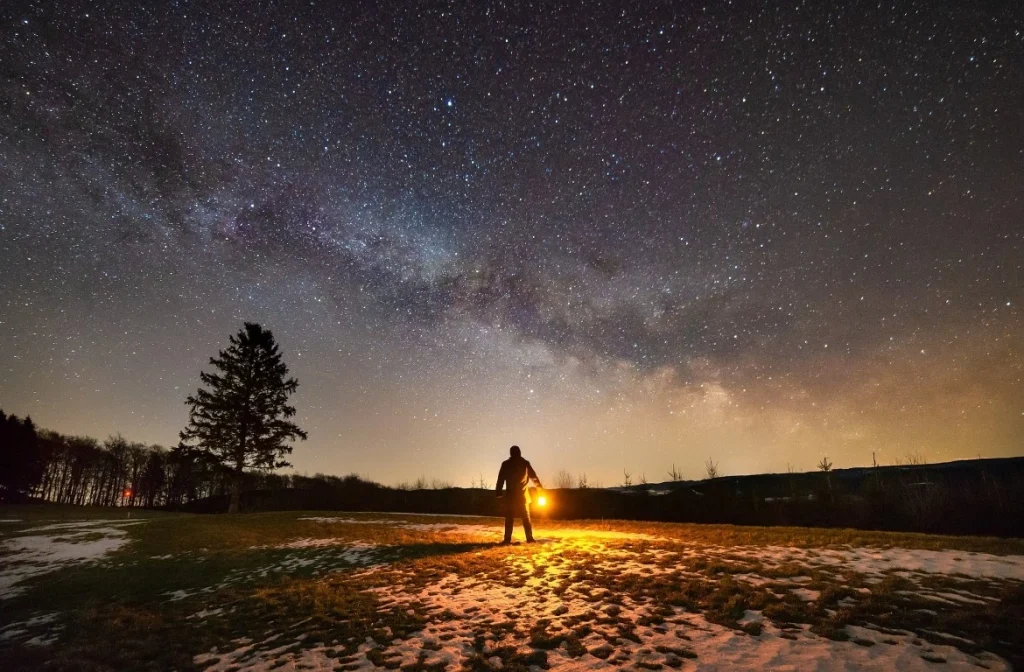
According to my experience of the usage of the A7 camera series, I would like to explain the reasons why the Sony A7 series is excellent for Astrophotography.
Let’s find them,
- Heightened sensitivity
- The noise level is low.
- System of advanced autofocus
- High-resolution full-frame image sensors with a large dynamic range
- Outstanding low-light performance
- Image stabilization is included.
- Capability to photograph in electronic shutter mode while remaining silent
- Small size
- Lens interchangeability
- Third-party lens compatibility
- A sophisticated autofocus system allows for a speedy lock on to stars and other celestial objects.
Sony A7 for astrophotography
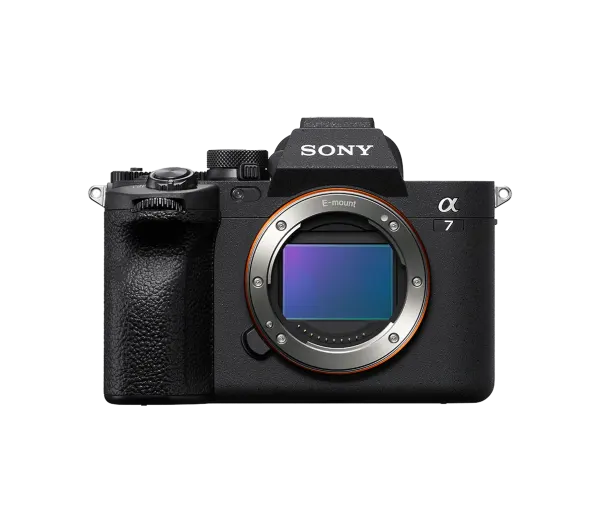
Special features of Sony A7
- full-frame mirrorless camera
- It has a 24.3-megapixel image sensor as well as a BIONZ X imaging processor.
- consists with a fast and accurate autofocus system
- ability to shoot in continuous mode at up to 5 frames per second
- A built-in electronic viewfinder and a 3-inch tilting LCD screen
When it comes to astrophotography, using the Sony A7 has several advantages.
I have listed them below for your easiness of understanding,
Advantages of Sony A7
- A wide field of vision and a significant amount of light gathering from full-frame image sensors are necessary for shooting the night sky.
- The camera’s low-light performance helps to record celestial objects in low-light conditions
- Removing mechanical shutter noise and enabling longer exposure times are offered by the Sony A7 with a quiet shooting mode.
Sony A7 recommended settings for astrophotography.
The Sony A7 has some recommended settings for astrophotography.
Here I bring those for you.
| Setting | Value |
|---|---|
| Shooting Mode | Manual |
| Apeture | F2.8 – F4 |
| Shutter speed | 25 seconds – Bulb |
| ISO | 800 – 3200 |
| White Balance | Day light |
| Focus mode | Manual |
| Focus Point | Infinity |
| Metering Mode | Spot |
| Image Format | RAW |
Sony A7 III for Astrophotography
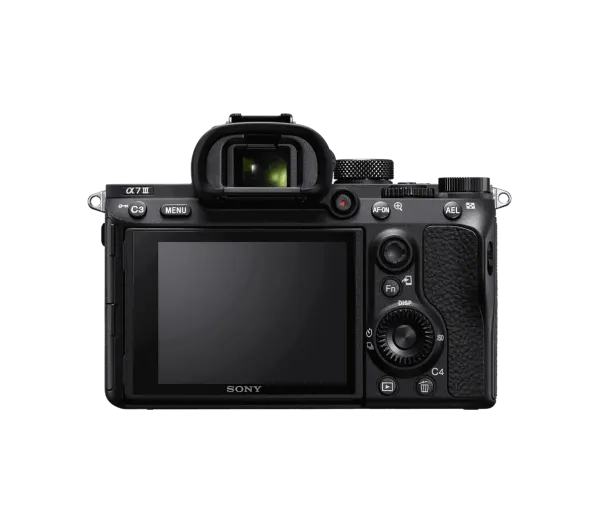
- A full-frame mirrorless camera that debuted in 2018.
- It has a 24-megapixel image sensor as well as a BIONZ X imaging processor.
Do you know that the Sony A7 III has several advantages when comes to astrophotography?
Some of them are given to you as follows.
Advantages of Sony A7 III
- Its full-frame image sensor allows for a wide field of view and a large amount of light gathering, which is essential for capturing the night sky
- the camera’s low-light performance is excellent, which is necessary for capturing dimly lit celestial objects
- The Sony A7 III has a silent shooting mode, which eliminates the noise of the mechanical shutter and allows for longer exposure times without any vibrations
- The in-body image stabilization can help reduce the effect of camera shake during long exposures
In addition, if you feel like it is better to know about astrophotography noise reduction. This article is provided for you to get things more.
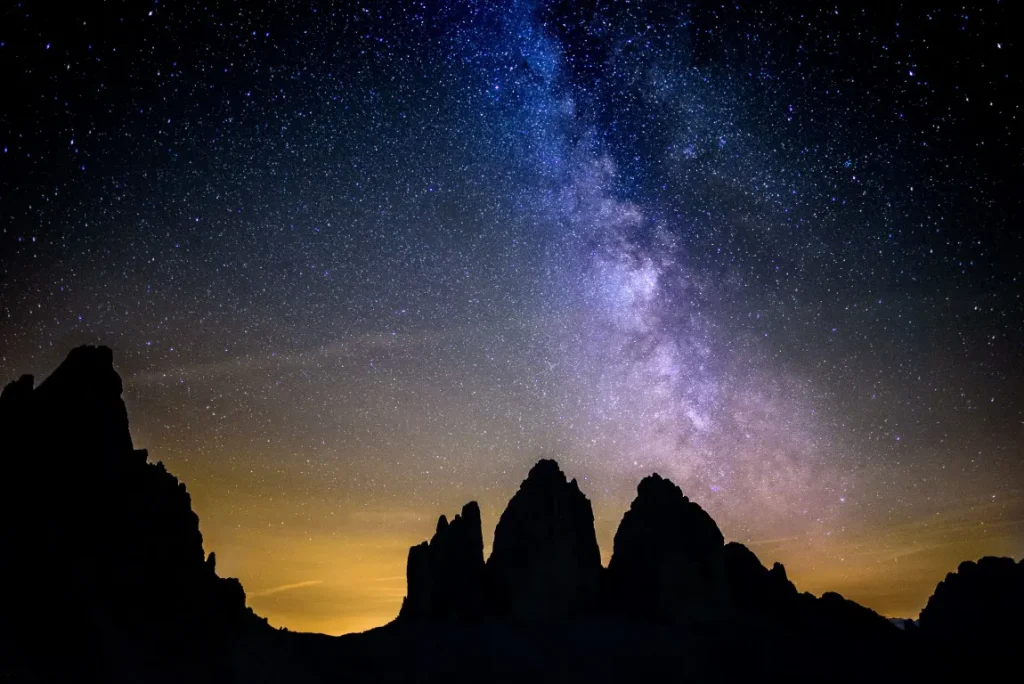
As shown in the above image in practice, the low-light performance is basically comparable to the Sony a7S. Actually, it’s fantastic.
Sony A7 III recommended settings for astrophotography.
The Sony A7 III has some recommended settings for astrophotography.
Here I bring those also for you.
| Setting | Value |
|---|---|
| Shooting Mode | Manual |
| Aperture | Use the fastest aperture on your lens |
| Shutter speed | 27 seconds – 28 seconds |
| ISO | between 800 ISO and 3200 ISO |
| White Balance | Auto |
| Image Format | RAW |
| Focus Point | Infinity |
Sony A7 IV for Astrophotography
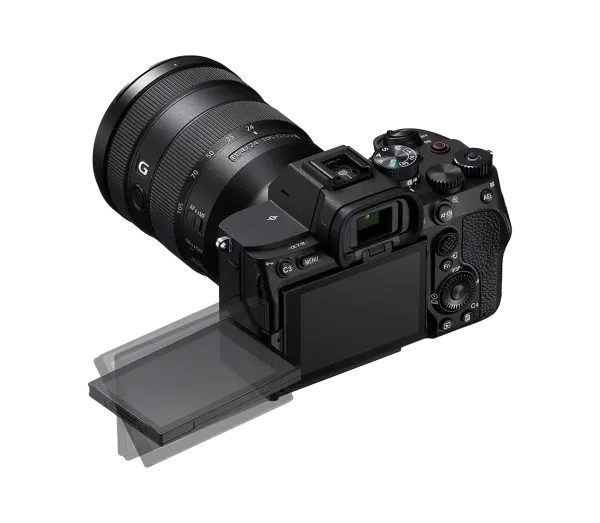
Features and advantages of Sony A7 IV
- A7 IV has many features and functionalities that I love and including the same menu system as the A1 and the A7S III, with the same long-lasting Z battery, and a completely articulating screen.
- This camera also consists special feature called bright monitoring, which is unique to Sony.
- It increases the internal gain, allowing your camera to display your composition in the dark, including the alignment of the Milky Way with your foreground
- The built-in intervalometer is another feature of the Alpha 7 IV for night photography and timelapse. You may configure the intervalometer to timelapse, capture a sequence of consecutive shots to stack for noise reduction or snap self-portraits without using a remote.
- As well as It consists of 33-megapixel sensors. Actually, I wondered about my astrograph journey with the features of the Sony A7 IV.
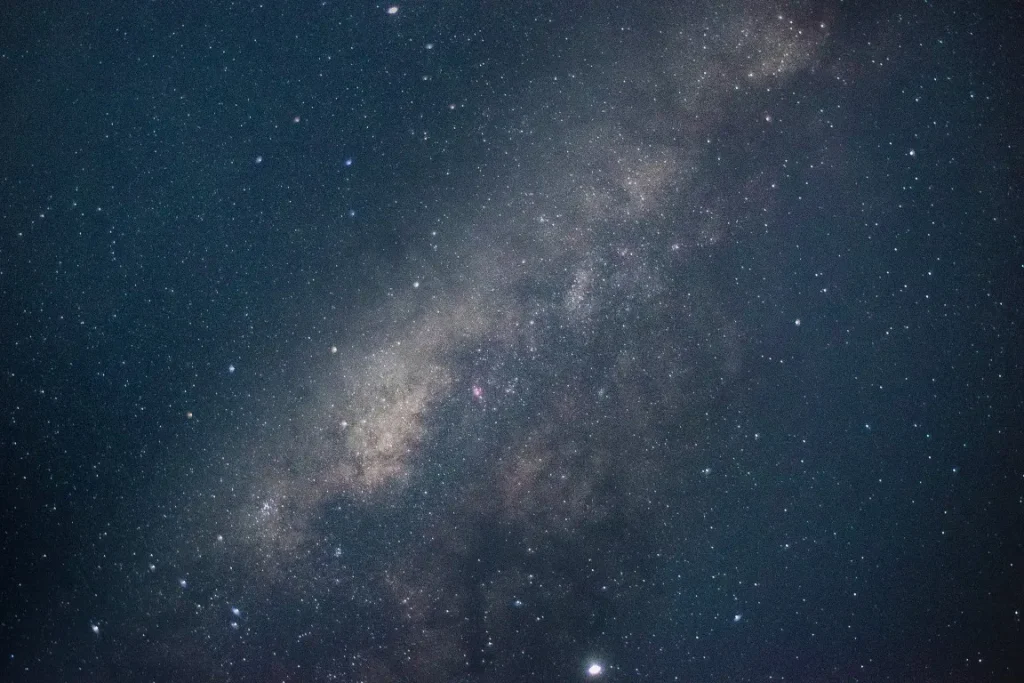
Sony A7 IV recommended settings for astrophotography.
The Sony A7 IV has some recommended settings for astrophotography.
Here I list those for you to polish your knowledge.
| Setting | Value |
|---|---|
| Shooting Mode | Manual |
| Aperture | F/2.8 |
| Shutter speed | 5 seconds |
| ISO | 3200 ISO |
| White Balance | Auto |
| Image Format | RAW |
| Focus Point | Infinity |
Sony A7R IV for Astrophotography
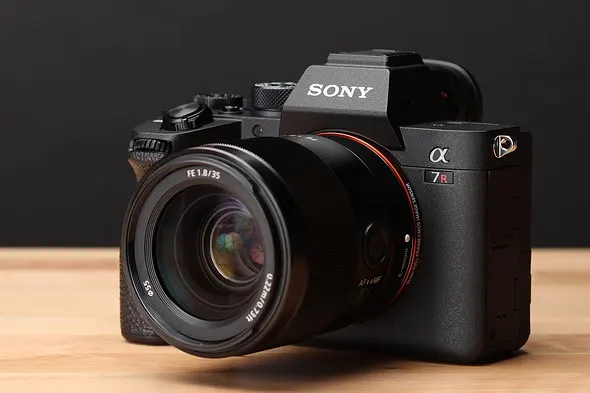
Features and advantages of Sony A7R IV
- The Sony A7R IV is also a full-frame mirrorless camera that was first introduced in 2019.
- It consists of a 61-megapixel image sensor and a BIONZ X image processor same as A7, A7 III, and A7 IV.
- The camera has the ability to shoot at up to 10 fps in continuous mode with a fast and accurate autofocus system.
- The Sony A7R IV also has a built-in electronic viewfinder and a 3.0-inch tilting LCD screen.
- It also has in-body image stabilization, a feature that can help reduce camera shake during long exposures.
Actually, I really love this camera, which is superb in astrophotography as it gives fantastic detail, even in the darkest shadows, and doesn’t struggle with bright highlights.
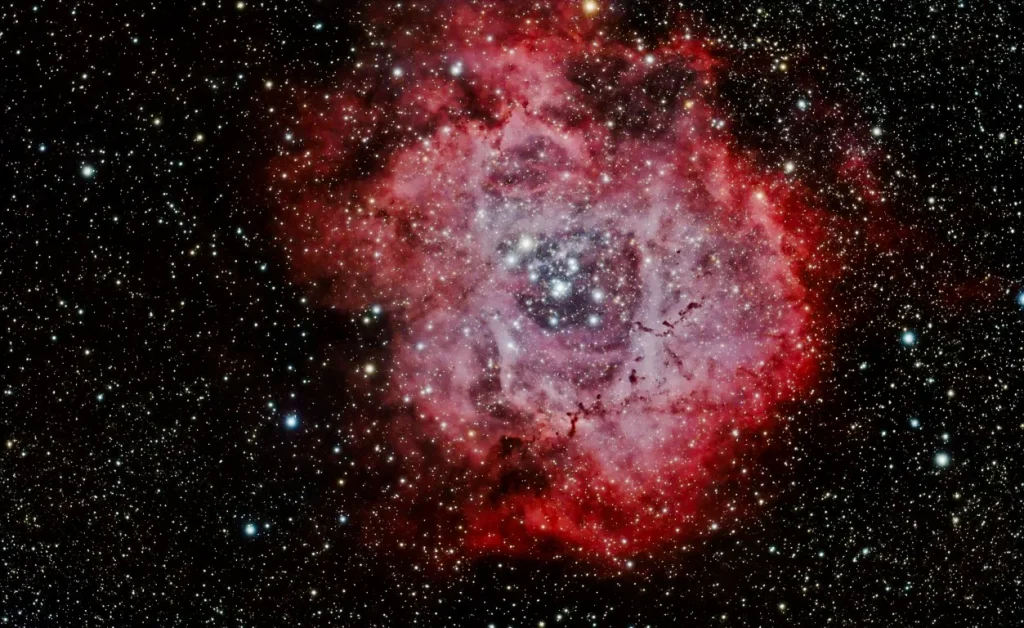
- Images directly from the camera may be used at ISO rates of up to 6400; above that, noise becomes noticeable, which is unsurprising.
- The buttons and focusing joystick are more tactile than previous Sony models, So which is great news for night sky photographers.
- The 61-megapixel photos produced by this A7 model are tremendous.
- The tilty screen of this camera allows for an excellent astro photo. Because the battery performance is outstanding, you will have no trouble having enough power for a long astro-shooting event.
Is Sony A7c best for Astrophotography?
One thing you all know is that Sony is a leading brand for Astrophotography. And I think Sony A7c is the best one in Sony’s lineup.
Do you know why I say that? because, its settings, sensors, lens selection, and it’s form factor perfect for star tracking.
If you want to know about the best star trackers for astrophotography. I have provided a guide about it and a budget astrophotography star tracker.
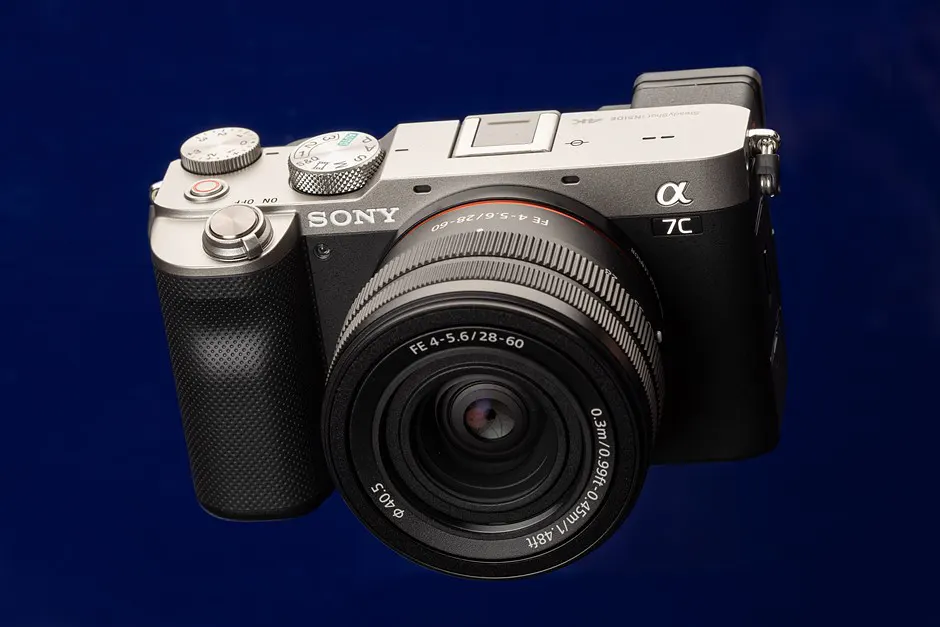
The Sony A7c is also a full-frame mirrorless camera It features a 24-megapixel, full-frame, BSI CMOS sensor and a BIONZ X image processor.
Here provides recommended settings of Sony A7c for astrophotography
Sony A7c recommended settings for astrophotography
| Setting | Value |
|---|---|
| Shooting Mode | Manual |
| Aperture | F/2.8 |
| Shutter speed | 30 sec to 1/8000 sec (mechanical shutter up to 1/4000 sec, flash sync 1/160 sec |
| ISO | 100-51200 (expandable to ISO 50-204800) |
| White Balance | Auto |
| Image Format | RAW |
| Focus Point | Infinity |
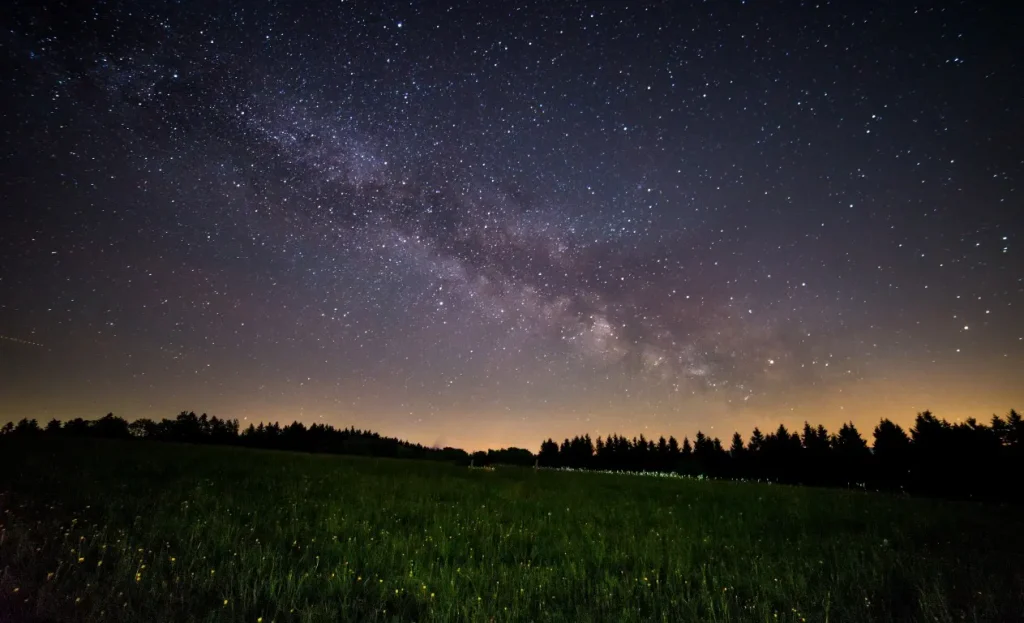
Conclusion
Finally, the Sony A7 series cameras, which include the A7, A7 III, A7 IV, A7R IV, and A7C, are good choices for astrophotography.
Why am I saying that? They have high sensitivity, low noise, an advanced autofocus system, and full-frame image sensors.
Apart from that they consist of high resolution and wide dynamic range, exceptional low-light performance, built-in image stabilization, and the ability to shoot in silence.
These characteristics are ideal for capturing the stunning beauty of the night sky.
And more, their small size and variable lens options make them adaptable and portable, enabling for simple travel to various areas to take the greatest night sky images.
It’s also worth noting that, while suggested settings and accessories like a star tracker, equatorial mount, and cable release can help you capture spectacular shots, it’s also crucial to comprehend the night sky, star movement, and how to set up your camera.
The Sony A7 series can help you take gorgeous and detailed shots of the night sky if you have the correct expertise, equipment, and settings.
Justin Parker is a professional photographer and has been in the industry since 2007. He attended the University of Georgia. Justin combines his passion for photography and his interest in writing to give life to this blog which talks about photography in order to help and inspire young photographers.

